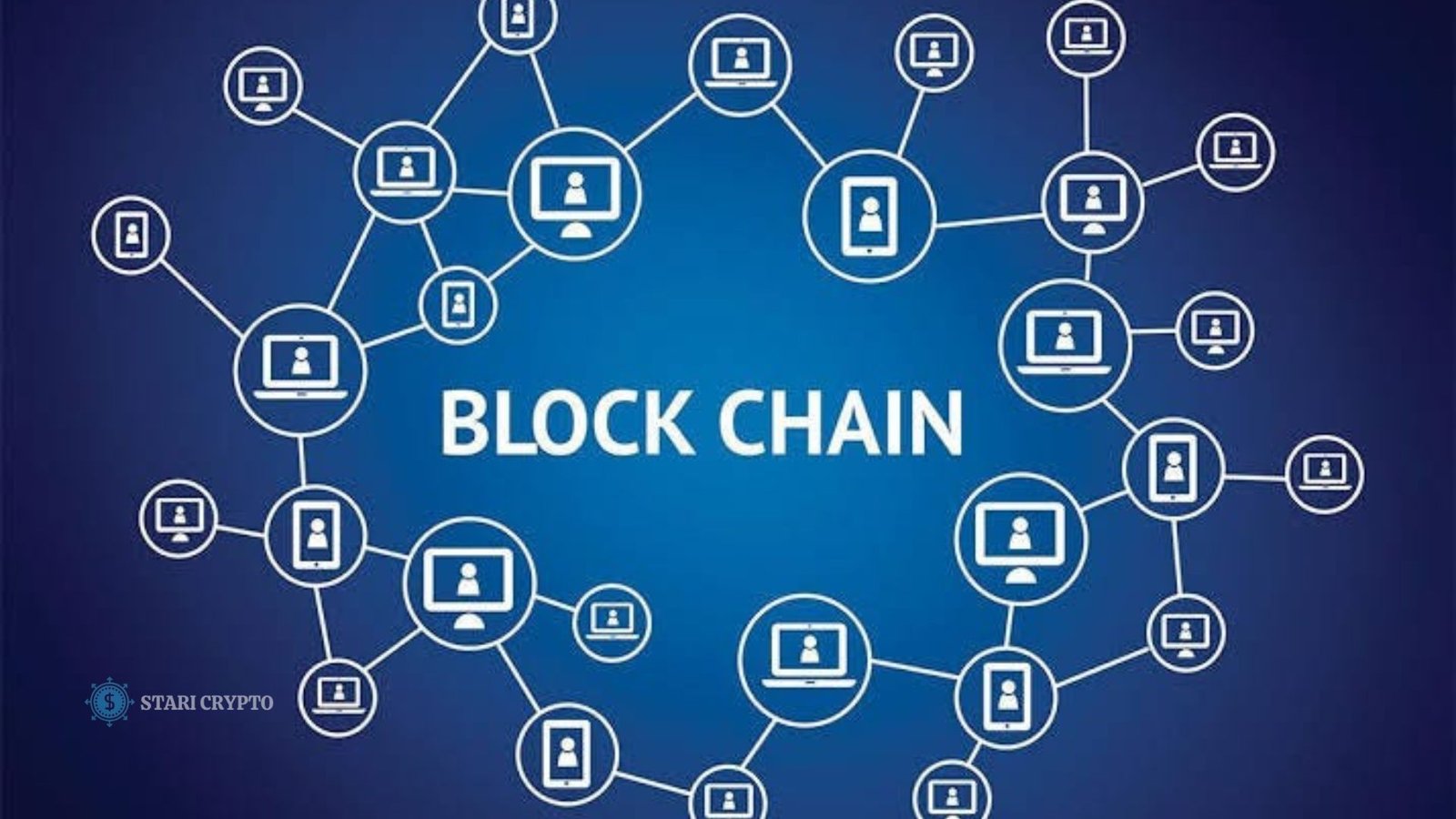Blockchain Digital Badging: Using digital badges in education, professional development, and skills recognition has revolutionized verification and recognition. Blockchain technology, well known for Bitcoin, is now improving digital credential credibility and security. The transparency, security, and decentralization of blockchain combined with the flexibility of digital credentials make blockchain digital badging a cutting-edge solution for learners, professionals, and institutions. This essay will explain blockchain digital badging, its benefits, and its potential to revolutionize industry credentialing.
What Are Digital Badges?
Visual representations of one’s knowledge, abilities, or accomplishments can be found in digital badges. They are commonly given out when a course, milestone, or skill is completed. Digital badges are more engaging and participatory than static certificates. They have metadata that may give you all the facts about the accomplishment, like who gave it to you, how to get the badge, and proof that you earned it.
Suppose a professional gets a digital badge for excelling in data analytics, for example. In that case, it can include information about the school that gave it, the abilities tested, and any work the person has done to prove their competence. Because of their extensive metadata, digital badges are more informative and easier to verify than paper certificates.
Introduction to Blockchain Digital Badging
However, By integrating blockchain technology into credential verification, blockchain digital badging expands upon this idea. Information contributed to a decentralized and immutable ledger like blockchain cannot be removed or changed after it has been added. This technology is already transforming sectors, including healthcare, supply chain management, and finance, by introducing trustless systems, security, and transparency.

With blockchain technology, digital badges are guaranteed to be:
- Immutable: Once a badge is issued, its details cannot be tampered with, providing a permanent record of the achievement.
- Decentralized: Blockchain’s decentralized nature eliminates the need for a central authority to verify credentials, reducing the risk of fraud.
- Transparent: Anyone with access to the blockchain can verify the authenticity of a badge, ensuring trust between the badge earner and those who recognize the credential, such as employers or academic institutions.
By integrating blockchain technology with digital badges, organizations may provide a more trustworthy and credible experience for badge earners and viewers.
How Blockchain Digital Badging Works
Blockchain digital badging works through a series of steps that ensure security, authenticity, and verifiability:
Badge Creation
The first step is for the entity issuing the badge (a school, company, or professional group) to design a digital badge. To get the badge, you must do what the issuer says, including taking a particular class or doing a specific project.
Verification and Issuance
The issuer will bestow the badge upon the recipient once all requirements have been fulfilled. Metadata encoded with the badge comprises the achievement information, the institution that issued it, the date of issuance, and the requirements for earning the badge. The data is subsequently saved on the blockchain, making it an unchangeable record.
Storage and Ownership
Digital wallets or online platforms make accessing and sharing blockchain digital badges easy for recipients. You can include your badge on digital resumes, social media accounts, and professional networks, and it’s important to note that the badge belongs to the badge holder.
Verification
The blockchain allows anyone, including employers, to validate a credential. Because the record on the blockchain is permanent and transparent, verifying the credentials is easy without contacting the issuing institution. This eliminates the possibility of fraudulent credentials and significantly cuts down on verification time and effort.
Benefits of Blockchain Digital Badging
When compared to more conventional forms of credentialing, the synergy between blockchain and digital badging has many attractive benefits:
Security and Fraud Prevention
People don’t put much stock in credentials like traditional degrees and certificates because they can be easily faked. Digital badging on the blockchain offers an extra layer of protection because the immutable structure of the ledger makes it impossible to change or forge badges.
Portability and Ownership
The decentralized digital wallets in which blockchain-based badges are kept ensure that individuals retain complete ownership over their credentials. Blockchain badges eliminate the requirement for a third party to verify a user’s identity, making them more portable and usable than traditional certificates that can get lost or locked to a single platform.
Transparency and Trust
Anyone, not just the issuer or a third-party validator, can use blockchain to check if a badge is legitimate. Because of this openness, anyone evaluating the badger’s credentials, including prospective employers, collaborators, or academic institutions, can trust them more.
Lifelong Learning and Career Growth
Blockchain digital badges support continuous learning by enabling users to amass and display their abilities and accomplishments over time. When professionals have a complete portfolio of badges that show their growing competence, it becomes much easier for them to move between jobs, industries, or even different career paths.
Streamlined Recruitment and Talent Assessment
Blockchain digital badging streamlines companies’ credential verification procedures. Companies can save time and energy throughout the hiring process by quickly checking a candidate’s verified credentials to see if they fit the requirements for a position.
Blockchain Digital Badging Use Cases
Blockchain digital badging is being adopted across various industries and educational institutions, highlighting its versatility and growing importance. Some critical use cases include:

- Higher Education: Universities increasingly use blockchain digital badges to recognize student achievements, such as completing a degree, mastering specific skills, or participating in extracurricular activities. These badges provide graduates with verifiable proof of their accomplishments to use in their job searches or further studies.
- Corporate and Professional Development: Companies use blockchain badges to certify employees who complete internal training programs or earn industry-recognized certifications. These badges help employees showcase their skills to potential employers and help organizations maintain a well-qualified workforce.
- Online Learning Platforms: E-learning platforms like Coursera, edX, and Udemy are adopting blockchain digital badging to recognize course completion and skills mastery. These badges provide learners with portable, verifiable credentials that can enhance their resumes and professional profiles.
- Government and Non-Profit Sectors: Governments and non-profit organizations are beginning to use blockchain badges to recognize volunteer efforts, public service, and other achievements. These badges can provide verifiable proof of involvement in social and community projects, helping individuals advance in their careers or gain recognition for their contributions.
Also Read: Blockchain Security Challenges with Common Issues
In Summary
Digital badging on the blockchain is revolutionizing the modern digital credential recognition, verification, and sharing processes. The transparency and security offered by blockchain technology enhance the immutability, trustworthiness, and portability of digital badges. However, As more industries use blockchain, it will become more useful for talent management, career advancement, and lifelong learning. Blockchain digital badging provides a potent instrument for the forthcoming credentialing era, whether you’re an individual wishing to display your abilities or a business wishing to authenticate accomplishments.
FAQs
1. What is a blockchain digital badge?
A blockchain digital badge is a secure and verifiable credential that uses blockchain technology to ensure the authenticity of an individual’s achievements, such as completing a course, mastering a skill, or reaching a milestone. The badge is stored on the blockchain, making it tamper-proof and easily verifiable.
2. How does blockchain improve digital badging?
Blockchain enhances digital badging by making credentials immutable and decentralized. Once a badge is issued and recorded on the blockchain, it cannot be altered or falsified, ensuring the achievement remains secure and verifiable.
3. Can blockchain digital badges be shared on social media?
Blockchain digital badges can be shared on social media platforms and professional networks like LinkedIn or included in digital resumes. However, Since the badges are stored in a digital wallet, they can be easily shared across different platforms, giving badge holders more control over showcasing their achievements.
4. What industries are adopting blockchain digital badging?
Blockchain digital badging is being adopted in education, corporate training, online learning, government sectors, and even non-profits. It recognizes achievements, certifies skills and offers verifiable proof of professional development.
5. How do employers benefit from blockchain digital badges?
Employers benefit from blockchain digital badges because they provide a reliable way to quickly verify a candidate’s qualifications and skills. This reduces the time spent on credential verification, ensures the authenticity of qualifications, and helps make informed hiring decisions.
















